Internal Teams Enterprise Content Management system
When people hear “Enterprise content management,” they often think of content created for external use. But ECM is just as if not more crucial for internal operations. Internal ECM is not simply a place to dump files; it’s the glue that holds together how teams work, collaborate, and comply.
Without a structured internal ECM, enterprises face chaos: teams waste time hunting down documents, departments duplicate work, and outdated files slip through the cracks. More dangerously, there’s no visibility or control over who’s accessing what, raising compliance and security risks.
An effective internal Enterprise Content Management system centralizes critical documents from HR handbooks to sales playbooks and makes them easily discoverable, version-controlled, and permission-based.
It transforms content from static assets into operational enablers, ensuring that teams move faster, stay aligned, and reduce friction across the business. In short, internal ECM is not an IT convenience it’s a productivity and governance cornerstone.
What Is Internal ECM And What It’s Not
Let’s get one thing straight Enterprise Content Management (ECM) isn’t a content management system used to publish blogs or manage websites. That’s for marketing. Internal ECM serves a completely different purpose.
Internal ECM refers to a secure, centralized system that helps enterprises store, organize content, access, and collaborate on internal content everything from HR policies and training decks to financial templates and legal documents. It’s designed to ensure the right teams can find the right content at the right time without friction or risk.
When done right, internal ECM becomes the single source of truth across departments. It enables better governance, faster execution, and ensures everyone from new hires to senior execs has seamless access to the resources they need to do their jobs.
Why Internal Teams Struggle Without a Strong ECM
Dispersed file systems (GDrive, desktops, Slack threads)
When content is scattered across cloud drives, desktops, and chat threads, teams waste time searching or resort to outdated files. This leads to duplicated efforts, confusion, and poor knowledge retention slowing down everyday execution.
Version control nightmares
Without a centralized system, there’s no clarity on what the latest version of a file is. Teams often work off incorrect or outdated content, causing errors in communication, project delays, and inconsistent decision-making.
Lack of permissions and access controls
Sensitive internal documents like financial models or legal templates become vulnerable when anyone can access or share them. This creates security risks, especially in regulated industries, and adds pressure on IT to manually gate content.
Audit trails and compliance gaps
Inability to track who accessed or modified what content leads to audit failures and compliance blind spots. During audits or reviews, teams scramble to piece together activity logs undermining trust and exposing the company to risk.
Wasted time on content retrieval
Employees spend hours weekly looking for files that should take seconds to locate. This inefficiency drains productivity, especially in fast-paced teams like Sales, Ops, or HR that rely on timely access to reference content.
Key Features That Internal ECM Should Deliver
A well-designed internal ECM isn’t just a repository it’s a living system that actively supports how teams store, retrieve, secure, and track content. Here’s what it must deliver:
Centralized Storage
Internal content needs a single source of truth that eliminates duplication and chaos. Paperflite offers a centralized Content Hub where assets are organized by streams and teams, ensuring everyone works off the same, latest version no matter the source (GDrive, SharePoint, Dropbox, or Box).
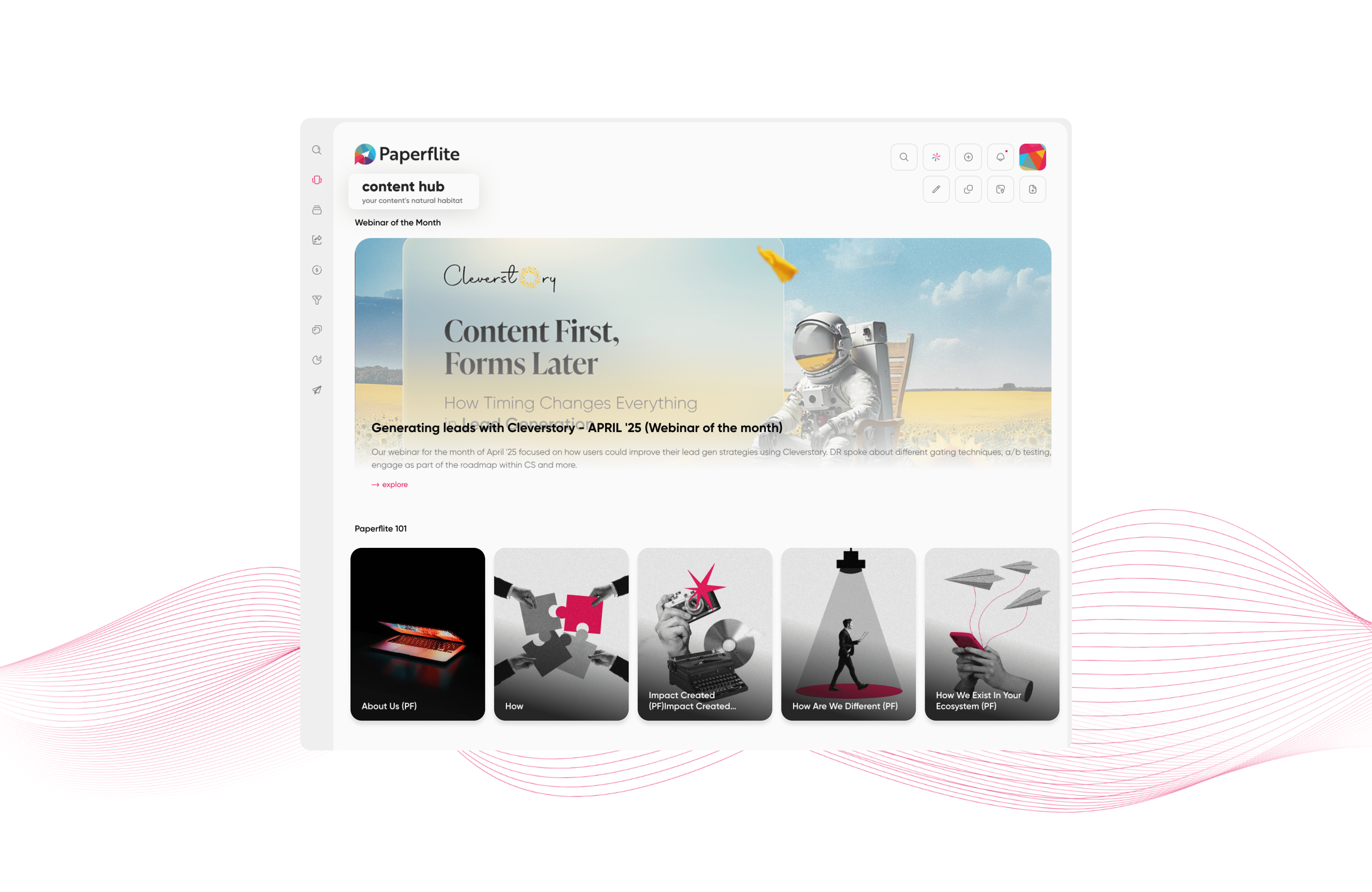
Metadata + Full-Text Search
If your team can’t find it, they won’t use it. Paperflite’s Seek feature enables AI-powered, contextual discovery that surfaces relevant files even from within documents using keyword-driven, multi-format search. This drastically reduces time spent hunting for internal resources.
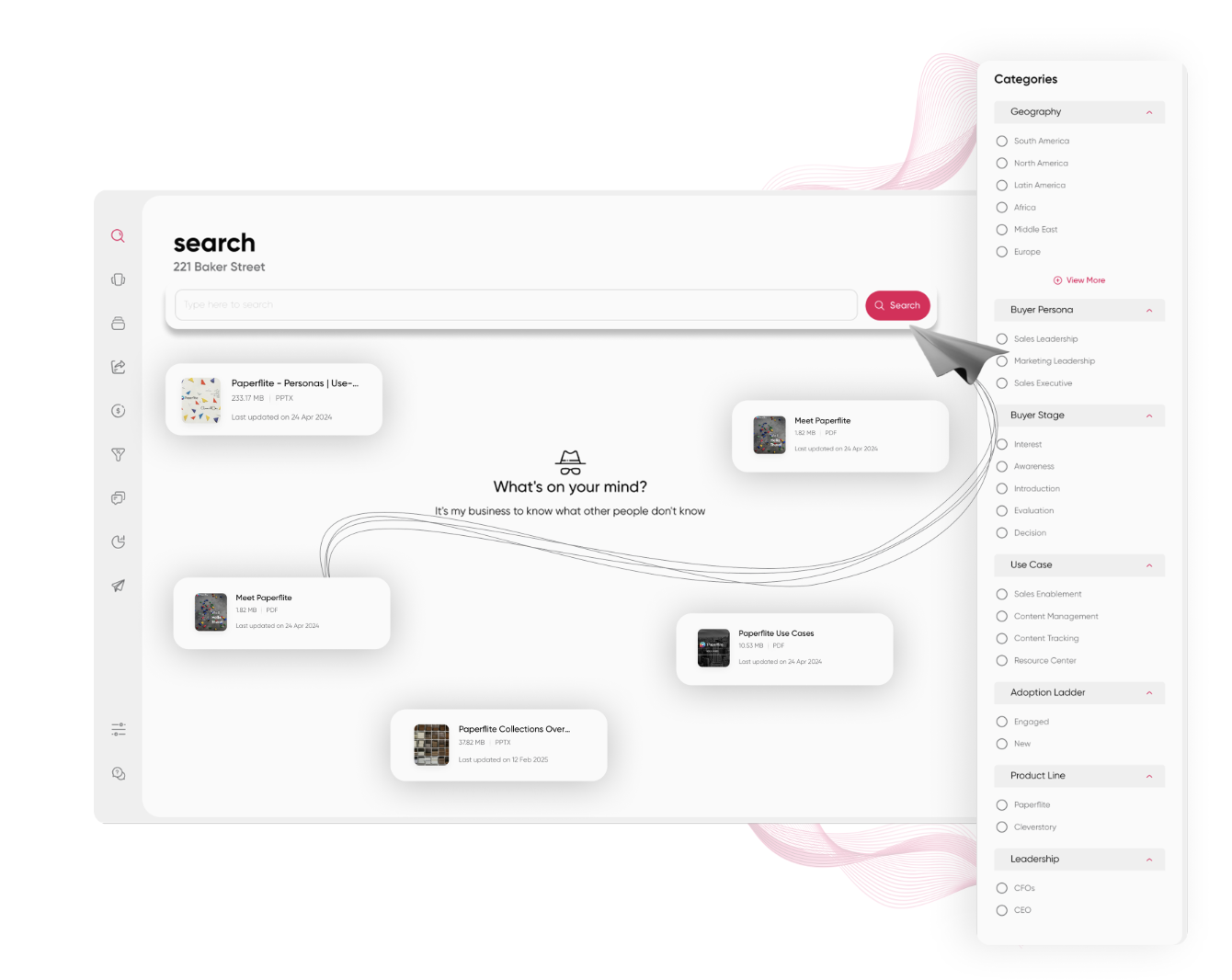
Role-Based Access and Audit Logs
Sensitive content needs controlled visibility. Paperflite allows admins to set role-specific permissions at the stream, folder, or file level. Access logs track who viewed or shared what, when, and how supporting compliance and security audits with precision.
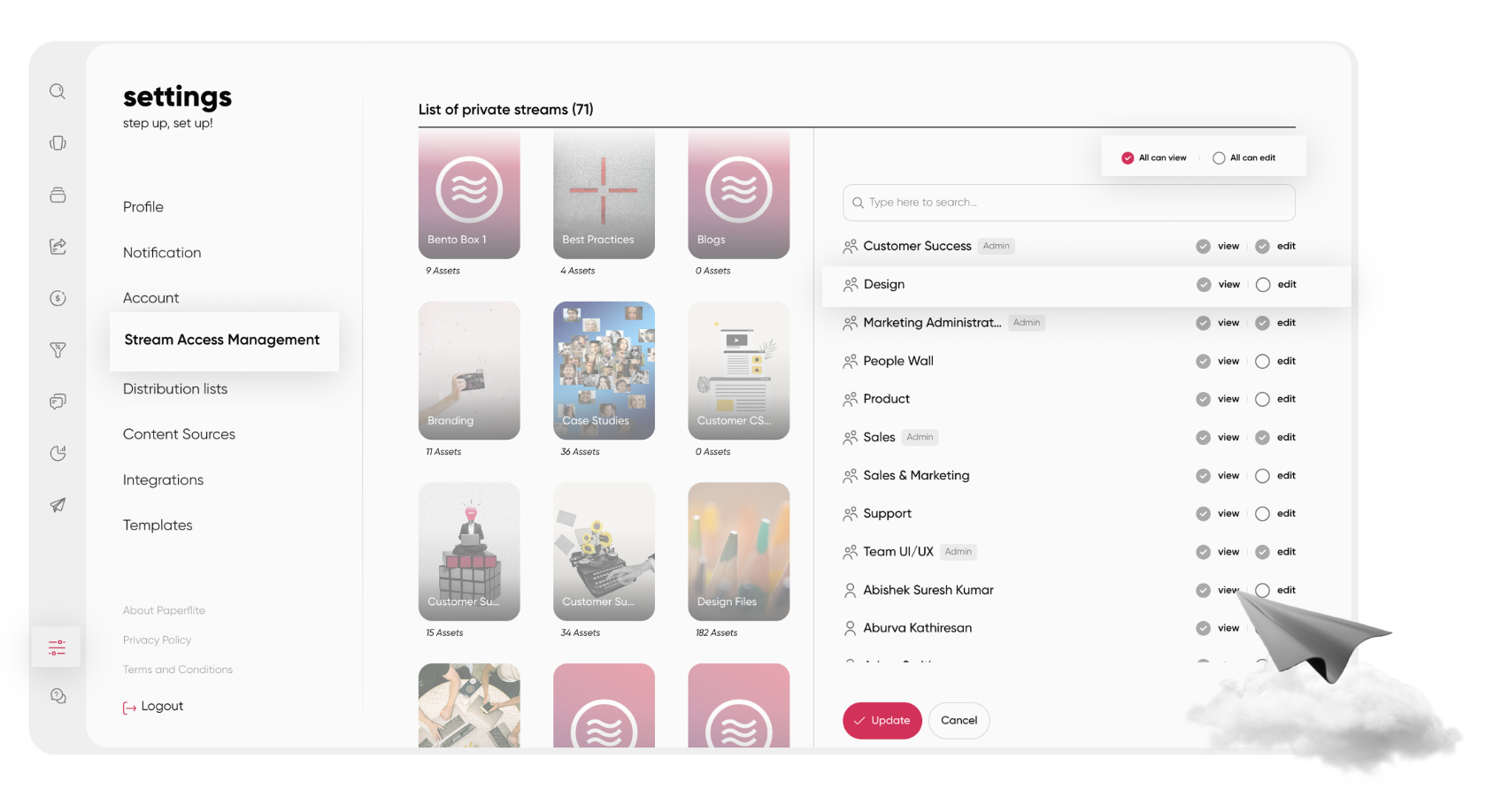
Version Control and Check-In/Out
Nothing derails a team faster than working on outdated or conflicting file versions. Paperflite supports version tracking and helps users check documents in or out, so everyone collaborates on the most current file with full context of past changes.
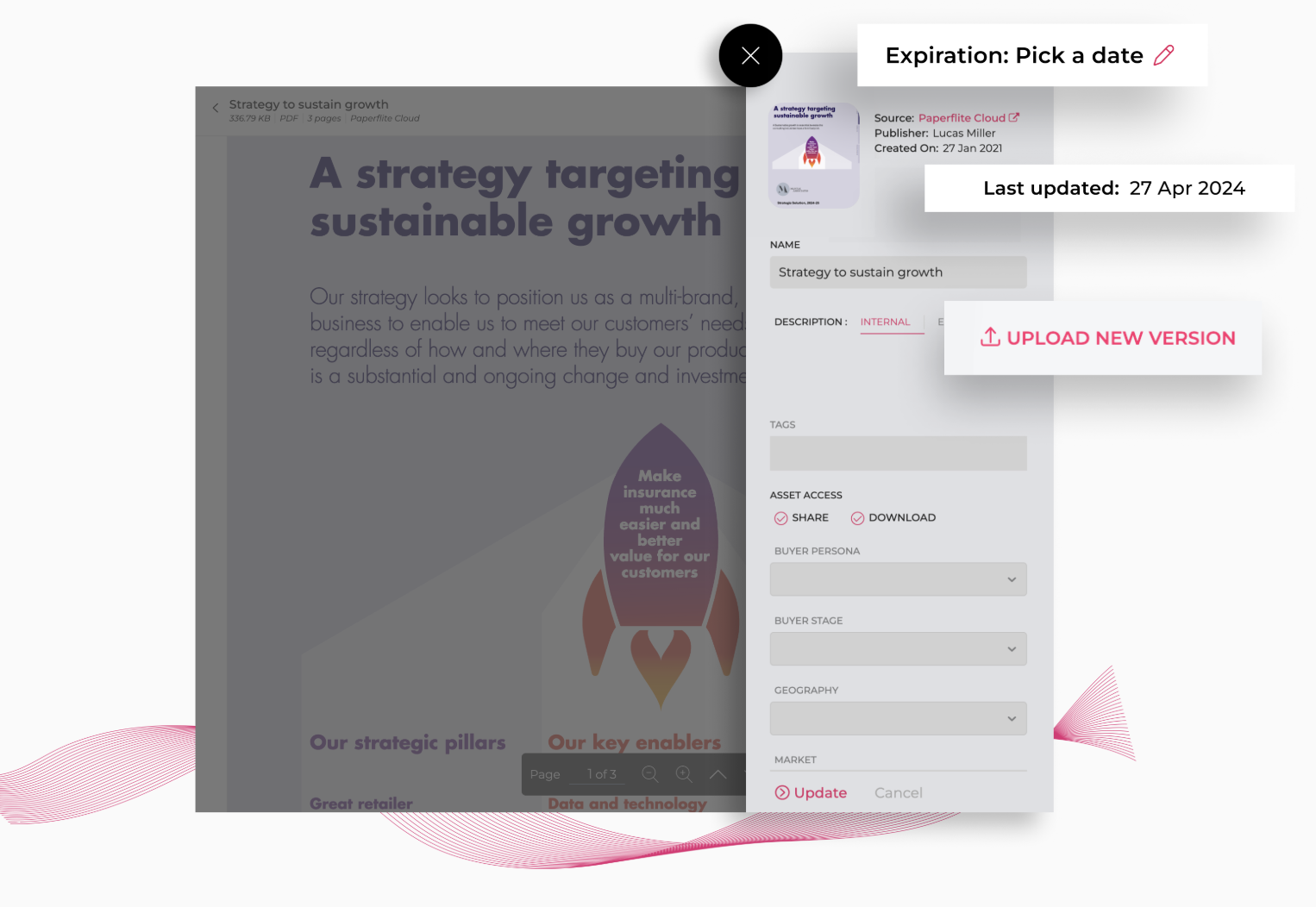
Integration with Daily Tools (Email, LMS, HRIS)
For ECM to be adopted, it must live inside the tools teams already use. Paperflite integrates with Outlook, Gmail, Salesforce, HubSpot, and syncs with cloud drives and internal HR platforms enabling in-context content sharing, discovery, and governance.
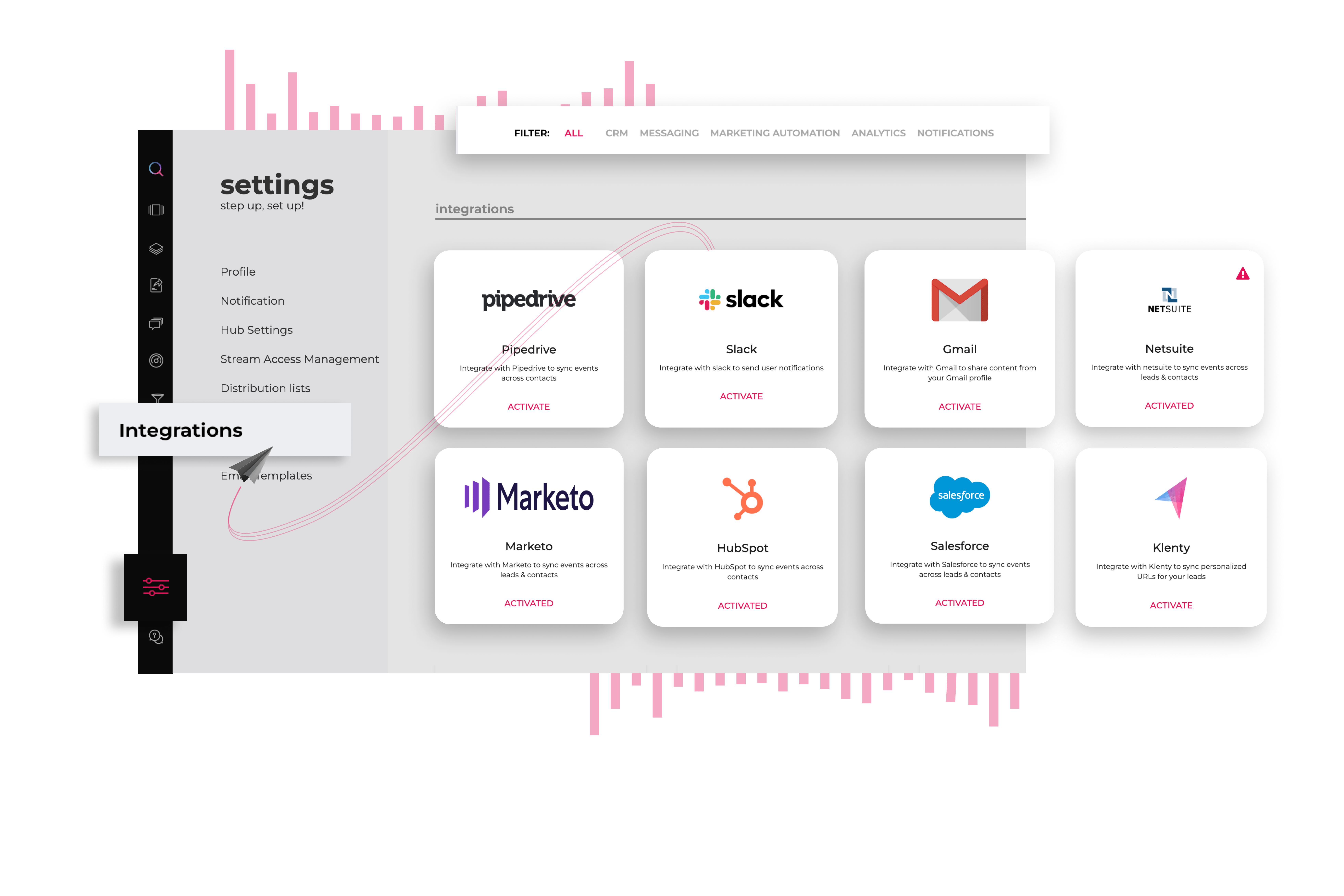
Analytics on Internal Usage
What’s being used, and what’s ignored? Paperflite’s Reports module gives insight into asset-level performance, usage by department, and who’s consuming what. For L&D and enablement teams, this data is critical to shaping training resources that actually get used.

How Different Teams Use Internal ECM
An effective internal ECM adapts to the specific content needs of each department. Here’s how different teams benefit powered by Paperflite’s flexible integrations and structured content management:
HR & L&D
HR teams rely on onboarding kits, policy documents, and training materials to ensure smooth employee experiences. With Paperflite’s integration with platforms like Google Drive and SharePoint, HR can auto-sync documents into a secure Content Hub. L&D teams benefit from Seek-powered discovery and usage analytics to assess which materials are accessed most, helping tailor learning paths.
Finance & Legal
These teams manage contracts, compliance documents, and financial templates that require strict access controls. Paperflite enables role-based permissions, audit trails, and version control, with easy integration to existing drives for sourcing documents. Sensitive documents are further protected with link expiry and OTP-secured sharing.
Sales & Enablement
Sales teams need quick access to the latest battlecards, pitch decks, and pricing sheets. Paperflite’s integrations with CRM tools like Salesforce and email platforms like Outlook and Gmail allow reps to share and track content directly from where they work while Engage and Reports modules surface buyer interaction data for smarter follow-ups.
Ops & IT
Operational and IT teams manage SOPs, toolkits, and internal guides. Paperflite ensures structured document control via automated indexing and classification, and integrates with collaboration platforms to support scalable documentation workflows across global teams.
Integration Strategy for Internal ECM
An internal ECM is only as effective as the ecosystem it integrates with. To truly support enterprise teams, your ECM must connect with the tools employees already use content storage drives, email clients, HR platforms, and analytics systems. Integration ensures content doesn’t sit in silos but moves with context, control, and visibility.
Below is a breakdown of essential integration points and how Paperflite enables them:
Connect to GDrive, SharePoint, Dropbox
Internal content often lives in dispersed cloud drives. Integration here should ensure real-time sync, without requiring manual file migration.
With Paperflite: Content from GDrive, SharePoint, Dropbox, and Box is auto-synced into a unified Content Hub. Assets retain original permissions but become discoverable and shareable through structured Streams giving teams a single, organized view.

Sync with Email (Outlook, Gmail) for Sharing + Tracking
Email remains the most common internal sharing channel. Your ECM must integrate natively, so users don’t have to break flow.
With Paperflite: The “Compose” feature inside Outlook and Gmail lets users add trackable content directly from Paperflite. Engagement is monitored instantly who viewed what, when, and for how long empowering smarter follow-ups and internal feedback loops.
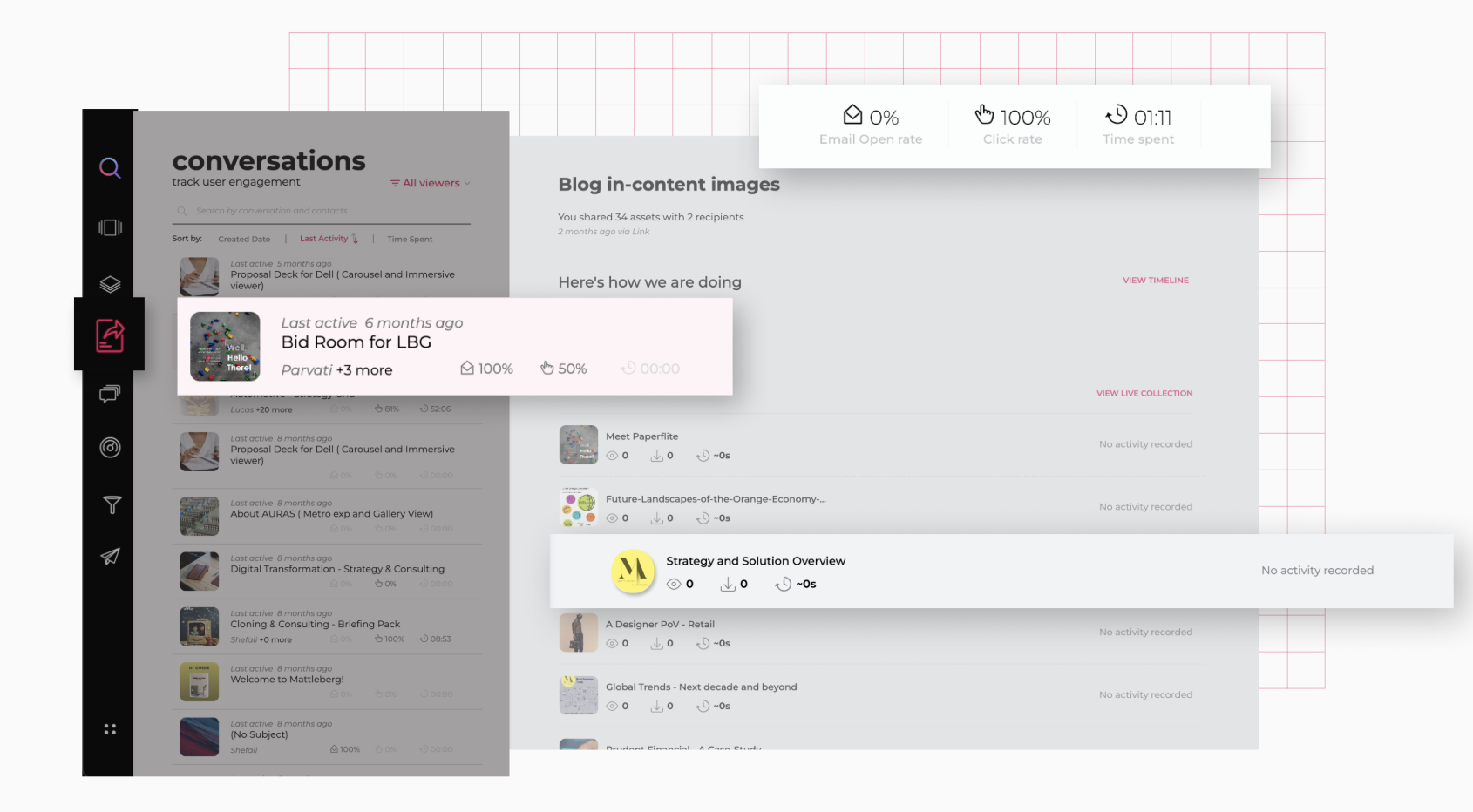
Integration with HR Systems (Workday, BambooHR)
HR and L&D teams require ECM support for role-based onboarding, policy distribution, and training.
With Paperflite: While native HRIS integrations are evolving, Paperflite allows user segmentation and access mapping based on team, geography, or role. This enables precise delivery of onboarding kits, policy decks, or L&D content aligned to internal roles.
Content Analytics Plugged into BI Tools for Usage Audits
To measure ROI and ensure compliance, ECM systems must feed into audit dashboards and executive reporting tools.
With Paperflite: Built-in analytics (Reports, Engage, and Conversation Intelligence) give deep insights on who’s using what content. For larger orgs, Paperflite’s open APIs and export capabilities allow this data to flow into Tableau, Power BI, or internal compliance dashboards.
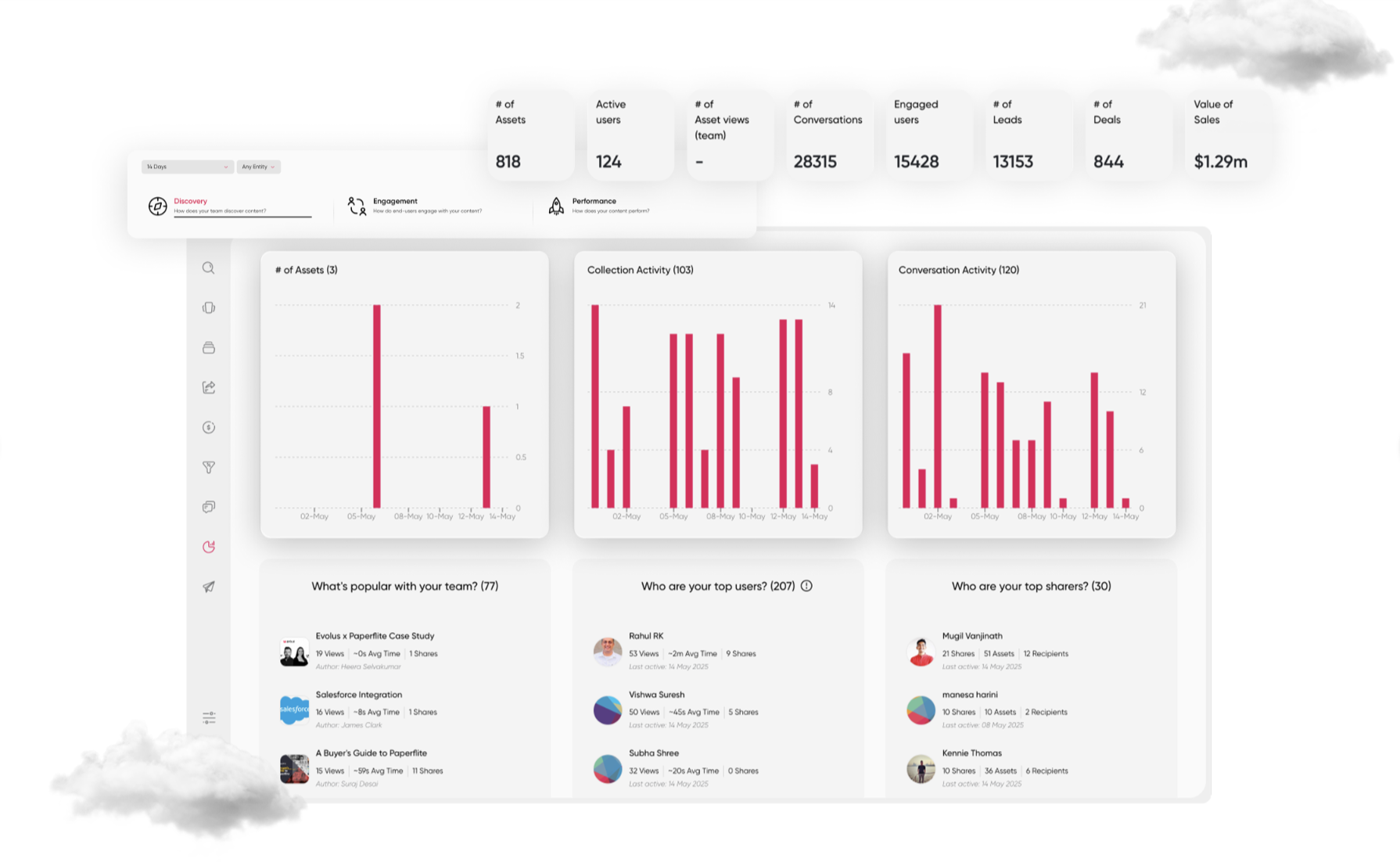
Measuring Impact: How to Know It’s Working
Implementing internal ECM isn’t just about deploying a platform it’s about enabling teams to work faster, smarter, and with fewer roadblocks. Here’s how to gauge whether your ECM is delivering real value:
Decrease in Time to Find Content
Teams should be able to locate key documents in seconds not minutes or hours. Look for a noticeable drop in internal support queries and time spent searching.
More Consistent Use of Latest Versions
Version errors should decline as the system ensures everyone is working off the same, most up-to-date file. Content updates should automatically reflect across departments.
Improved Compliance Readiness
Audit preparation should become faster and more transparent, with full logs of access and file history readily available to compliance teams.
Fewer Manual Share Requests
A well-structured ECM reduces dependency on team leads or admins to distribute content. Teams should be able to access what they need through predefined streams or categories.
Insights from Content Usage Data
You should be able to track which assets are being accessed, by whom, and how frequently. This data helps optimize internal training, reduce content clutter, and identify what’s actually driving value across teams.
Case Study: How Aspire Systems Solved Its Internal Content Challenge Using Paperflite
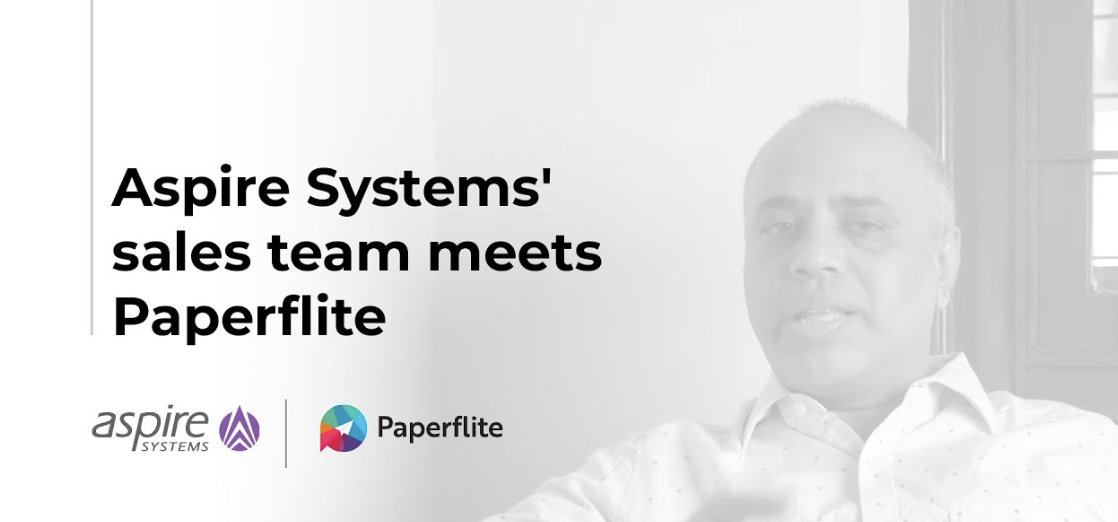
Aspire Systems faced a common but critical issue internal content was scattered across tools, impossible to govern, and slow to retrieve. Their HR, Sales, and Ops teams struggled with outdated documents, inconsistent onboarding, and lack of visibility into what content was used by whom.
By deploying Paperflite, Aspire created a unified, searchable hub where teams could access the right content instantly. They used streams and role-based access to segment documents by department and geography, and tracked engagement across internal content collections.
The result? Faster onboarding, reduced internal queries, and better compliance hygiene. Their content moved from static storage to strategic use.
Explore the full case study here: Aspire Systems x Paperflite – Internal ECM Success
Conclusion:
Storing content isn’t enough, What matters is how quickly teams can find, trust, and act on the right information. That’s where internal ECM proves its value not as a passive repository, but as the operational backbone for execution, governance, and collaboration.
A strong internal ECM ensures content is not just accessible, but secure, version-controlled, and contextually relevant. It streamlines workflows, strengthens compliance, and eliminates content chaos across departments.
Take a hard look at your current setup. Are your teams empowered by your content system or constantly working around it?
If it's the latter, it’s time to audit your internal content strategy and invest in an ECM that works as hard as your people do.
